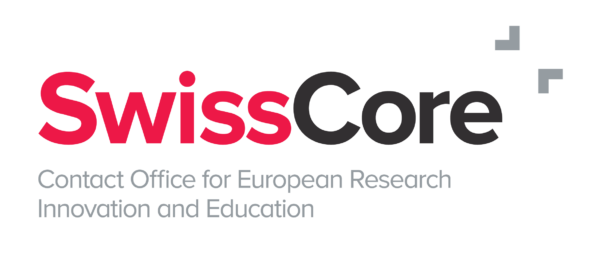While the EU regulation on AI is still being negotiated, the new ethical guidelines give support and advice to teachers using AI in schools.
Artificial intelligence (AI) and machine learning find applications in many aspects of our lives. The EU has therefore been active in regulating AI and supporting Member States in addressing the challenges linked to the use of AI. Since 2021, the EU has been working on a regulatory framework for artificial intelligence (AI Act, see SwissCore article), providing definitions, assessing risks and regulating applications. This AI Act categorises the use of AI in education as high risk (the second highest risk category), as it can be used to determine the access to education and the professional course of someone’s life, such as scoring an exam.
Additional to the regulation, the European Commission (EC) decided to further address the use of AI and data in education. As part of the EU’s Digital Education Action Plan 2021-2027 (DEAP, Action 6), the EC set up an expert group in 2021 to study how AI is used in European education systems and to develop guidelines for teachers and trainers. The group included 25 experts, among them Professor Tobias Röhl from the Zürich University of Teacher Education (PHZ), whose work focuses on digital learning and, in particular, on the use of data in schools. The expert group concluded its mandate in June 2022.
On 25 October 2022, the EC published the final report of the expert group as well as ‘Ethical guidelines on the use of AI and data in teaching and learning for educators’. Based on the increasing use of AI in education, the final report makes policy recommendations; the guidelines give tips and advice for teachers, all with the goal of improving the understanding of AI for teaching and learning and engaging with these new technologies in a positive, critical and ethical way.
The report sheds light on the key concepts and applications of AI and data in education, as well as the main ethical challenges in their use in learning, teaching and assessment. According to the report, AI can be used for the following purposes in education: i. Analyse learners’ mindsets for evidence-based education, ii. Predict students’ achievements, iii. Make decisions on student enrolment, iv. Automate the scoring of assignments, v. Predict students’ progress and dropout, vi. Personalise learning technologies, vii. Allow students to self-regulate their own learning, viii. Automate learning via chatbots, and ix. Detect support demands and provide individualised support for students with special needs. These applications of AI would bring greater efficiency to teaching while also aligning learning better with student’s individual needs. However, there are a number of risks associated with the use of AI, such as bias and discrimination or data protection issues. This is particularly dangerous as most AI products are provided by the private sector that has a strong interest in using this data for other purposes. Further, the report presents the competences that teachers and trainers need for the application of AI and data based on the EU’s Digital Competence of Educators framework (DigCompEdu). The report also defines four ethical considerations when using AI in education: i. agency, ii. social fairness, iii. humanity, and iv. justified choice. Based on all these considerations, the expert group then developed the guidelines for educators to integrate ethics in the use of AI in education and to manage the risks that are associated with it.
The guidelines are designed in a very concrete and accessible way to support teachers at primary and secondary school levels to understand and use AI-based learning and teaching technologies in a safe and responsible way. The guidelines list examples of how AI and data can be used in education, and give guidance on how to adapt AI teaching to the needs of each pupil. The document also includes guiding questions for teachers to self-assess their practise and use of AI tools in school based on ethical considerations and requirements of trustworthy AI. Lastly, the guidelines include a comprehensive glossary of common terms related to AI. The guidelines are available in English, French and German and can be used freely.

